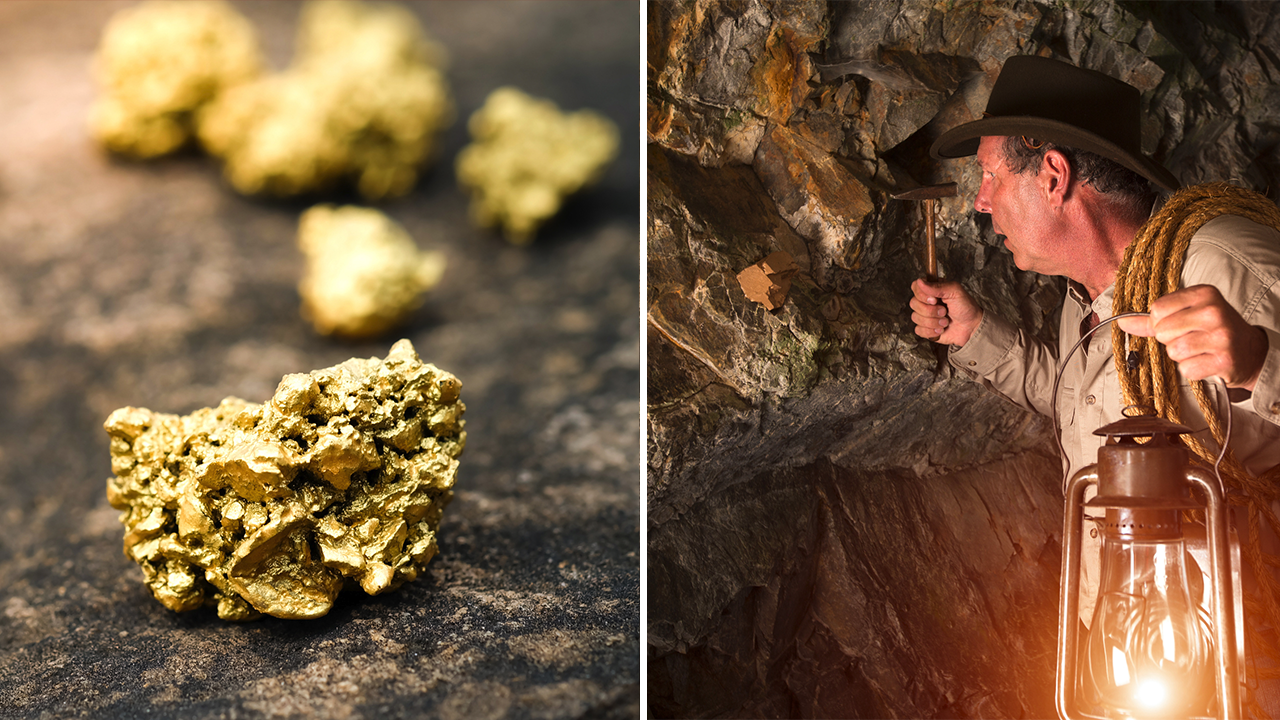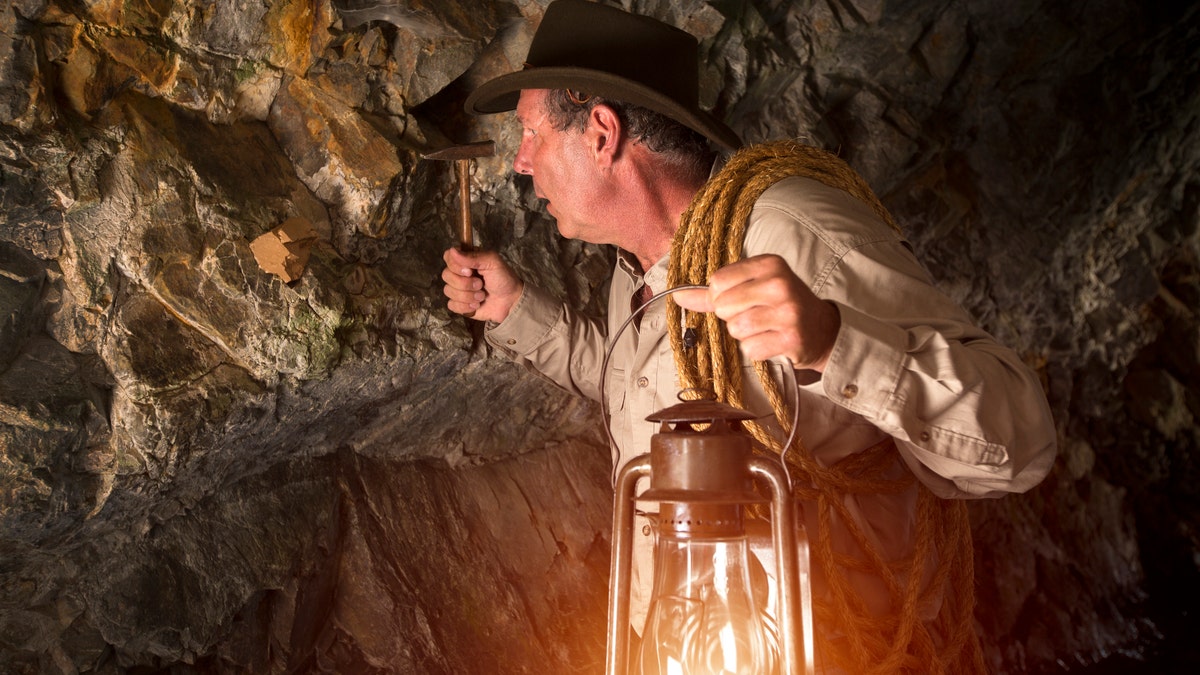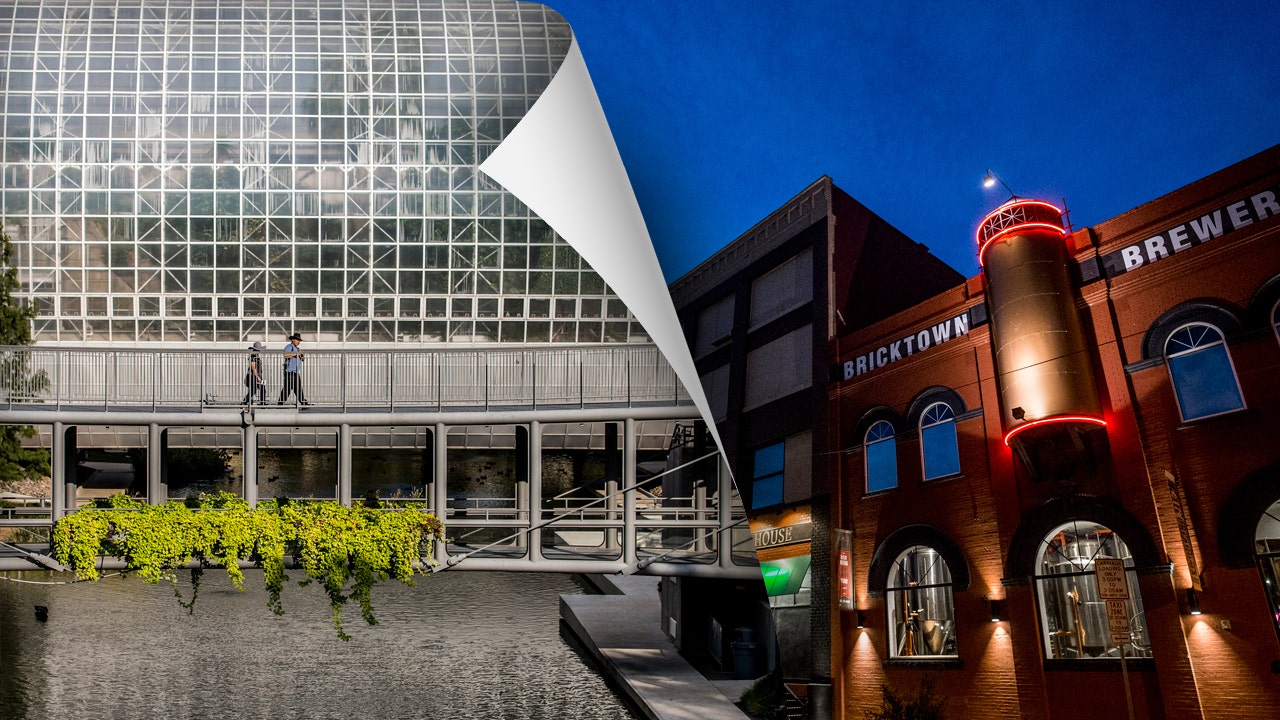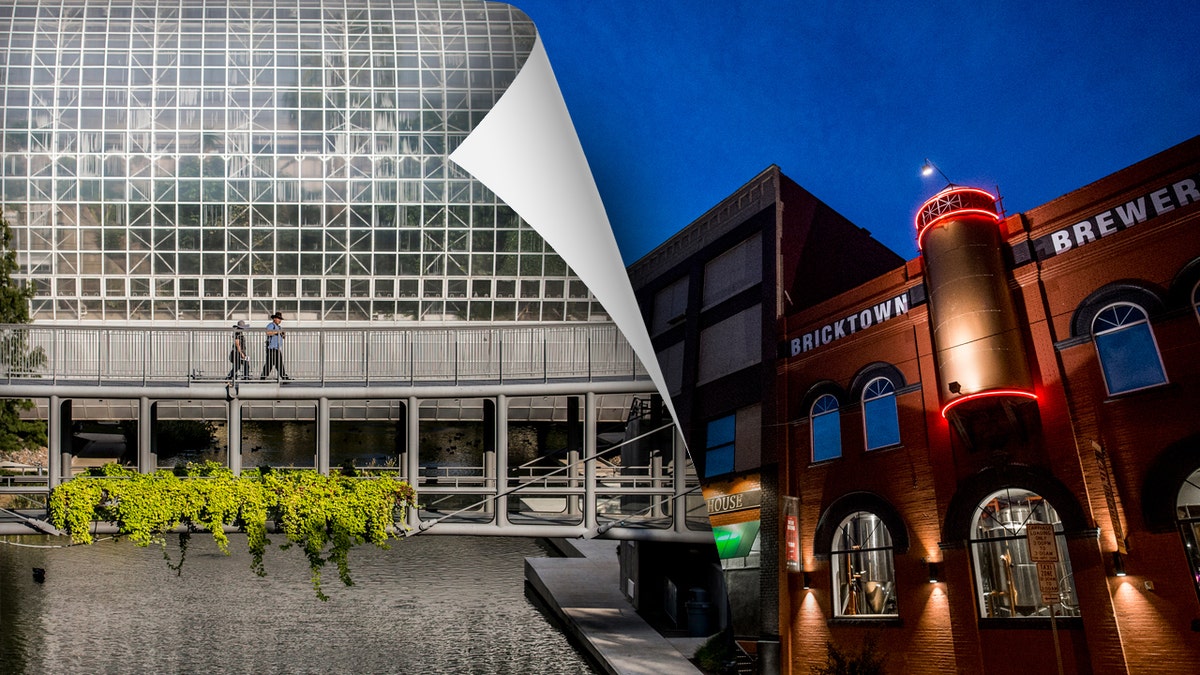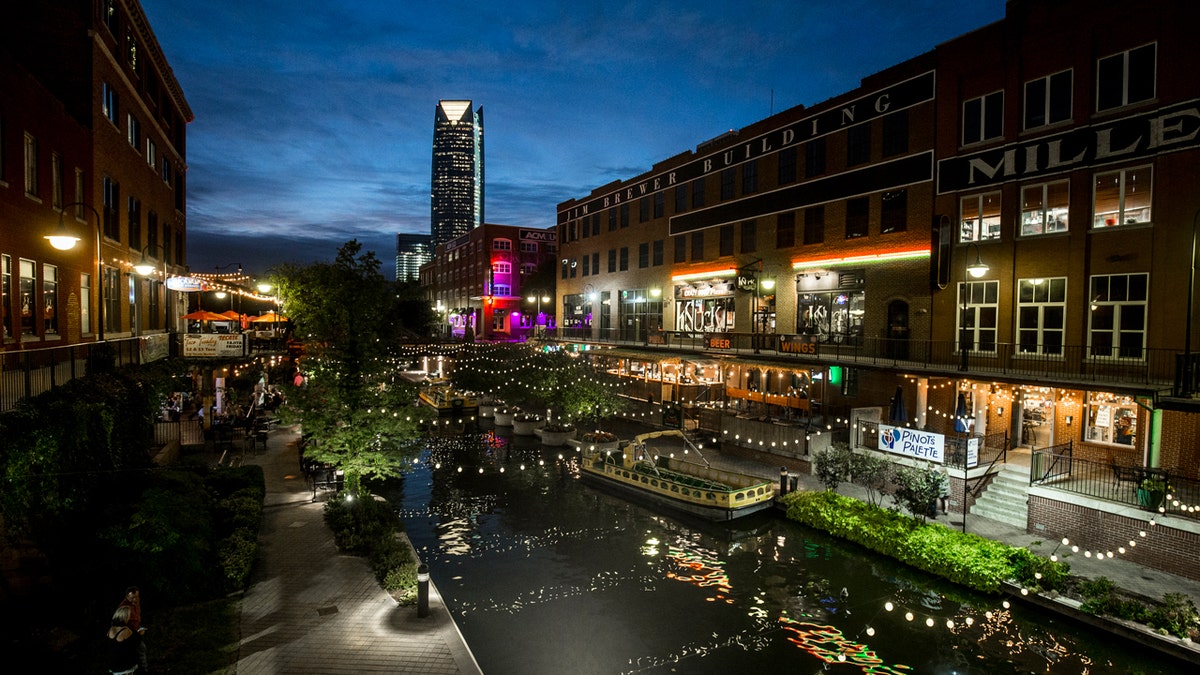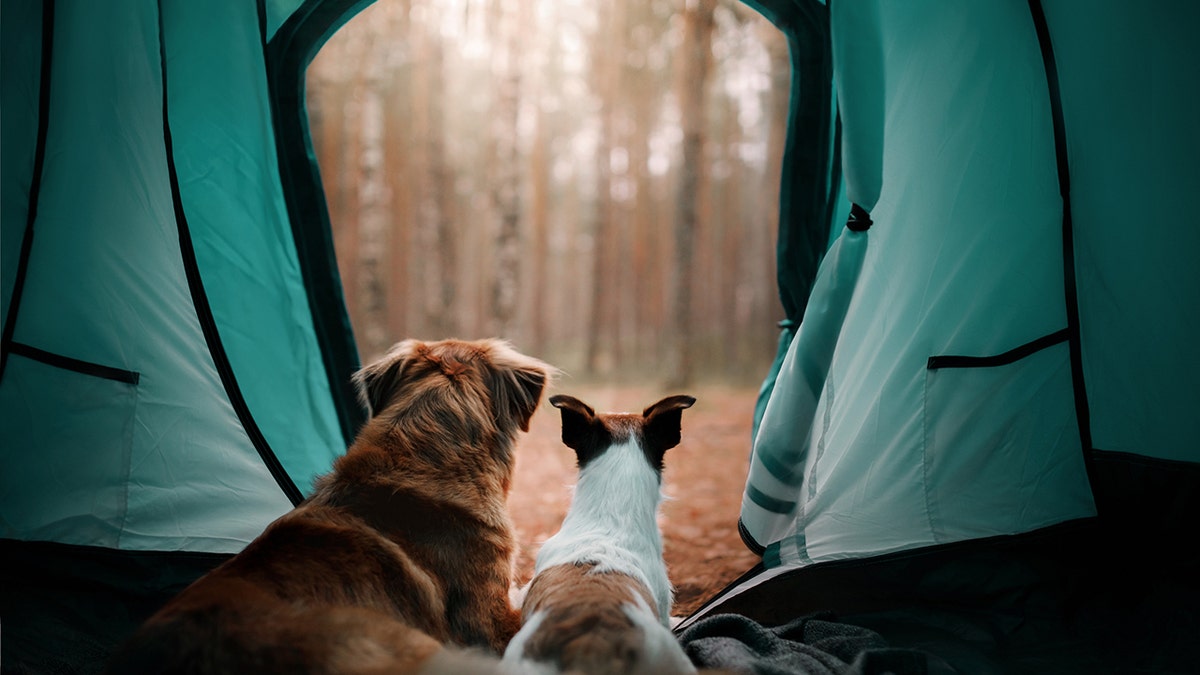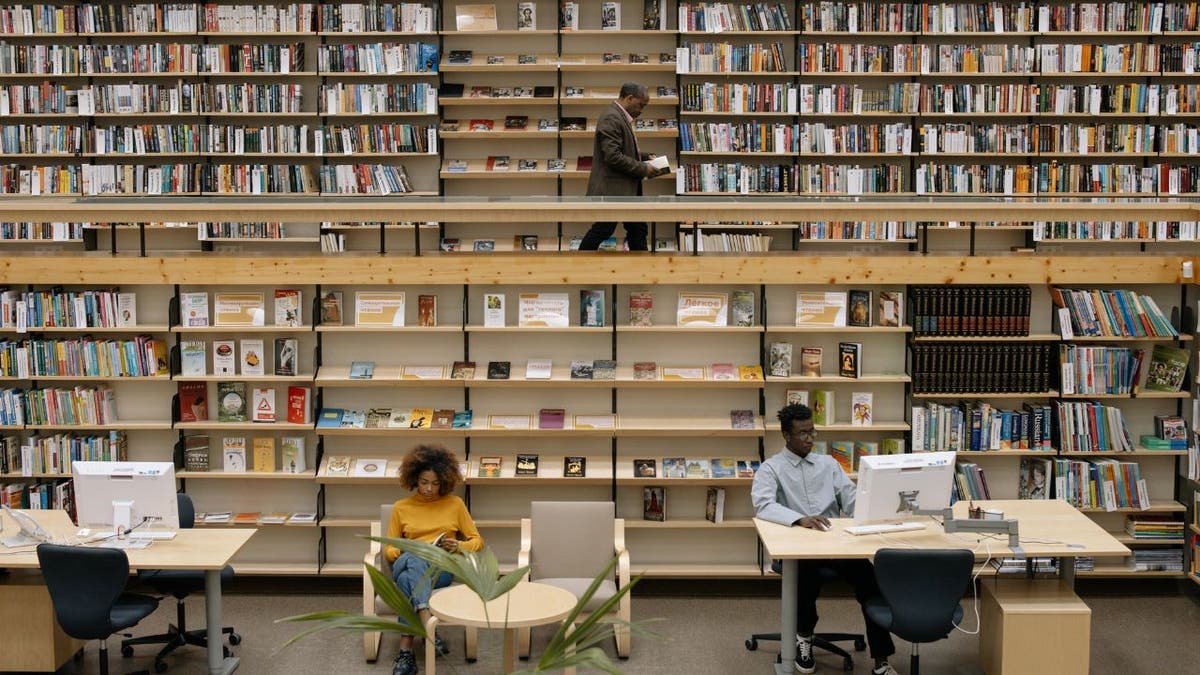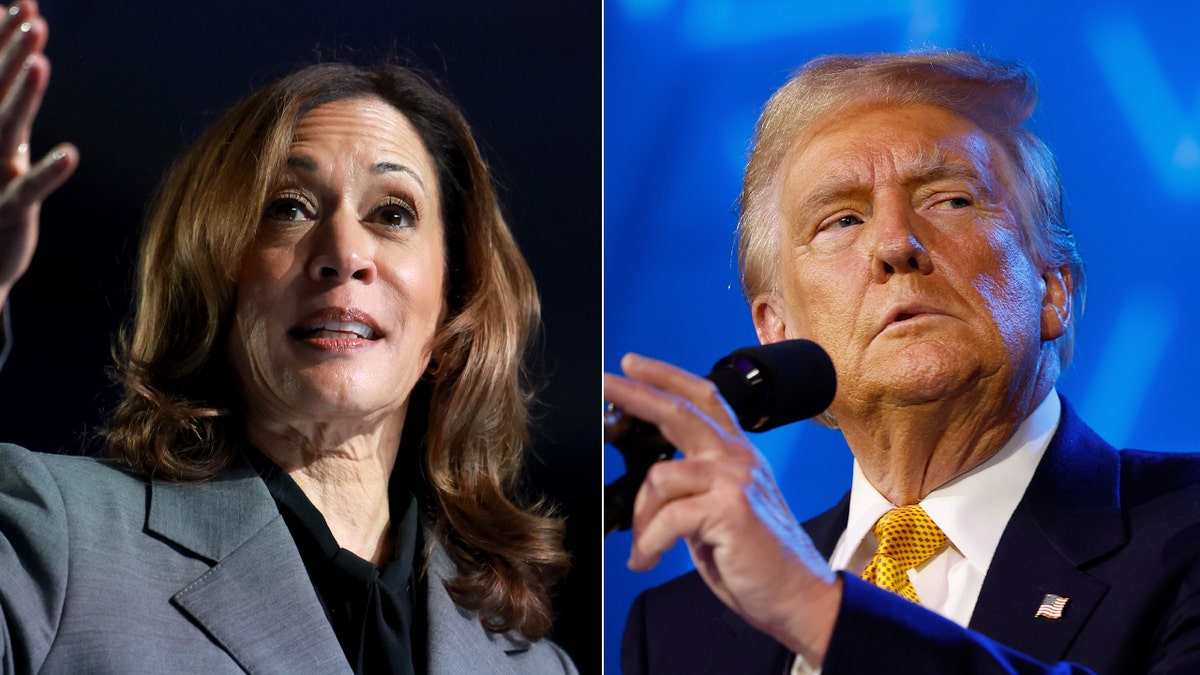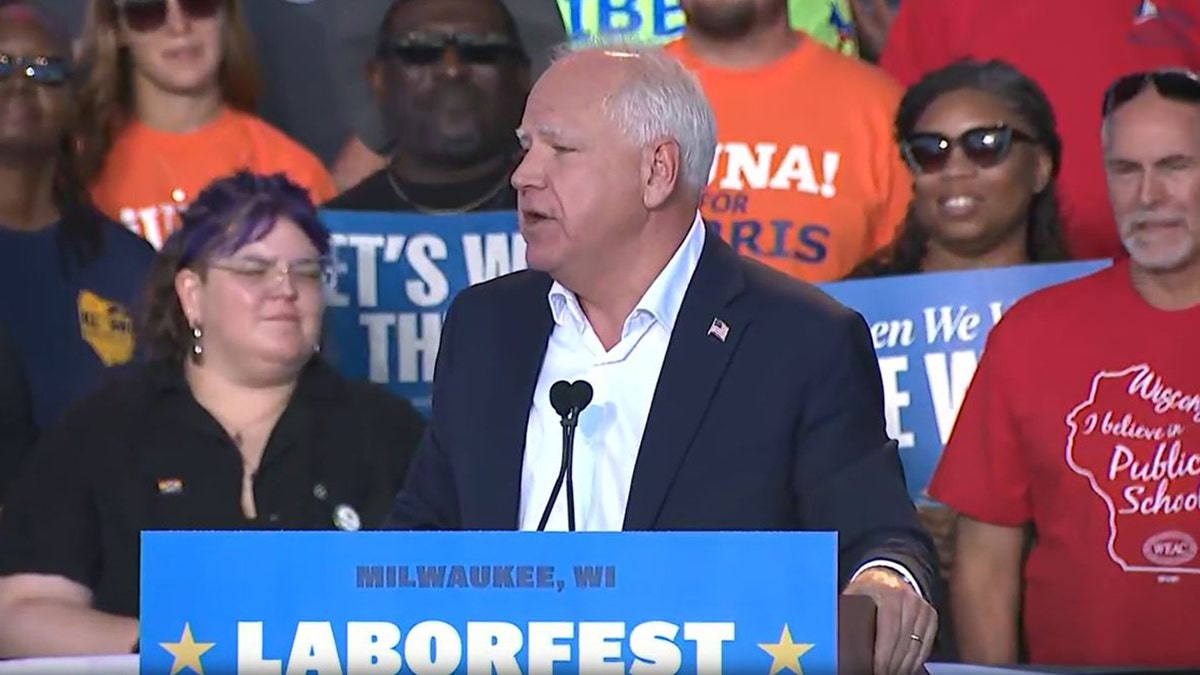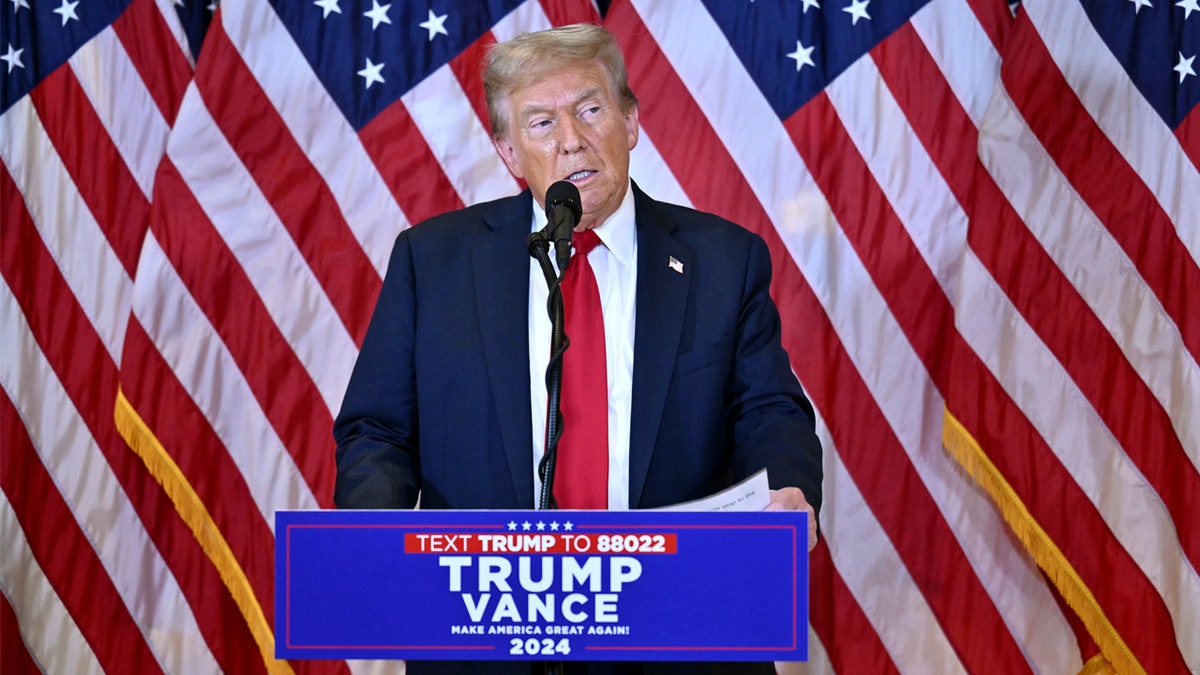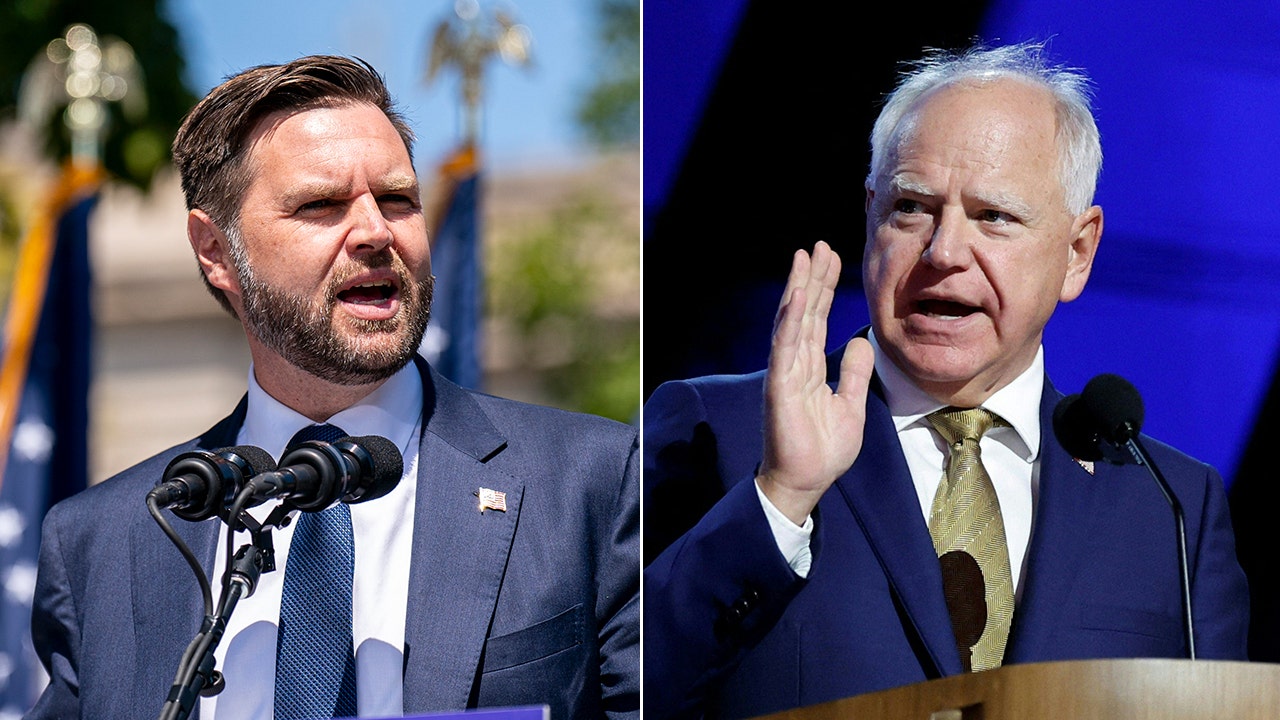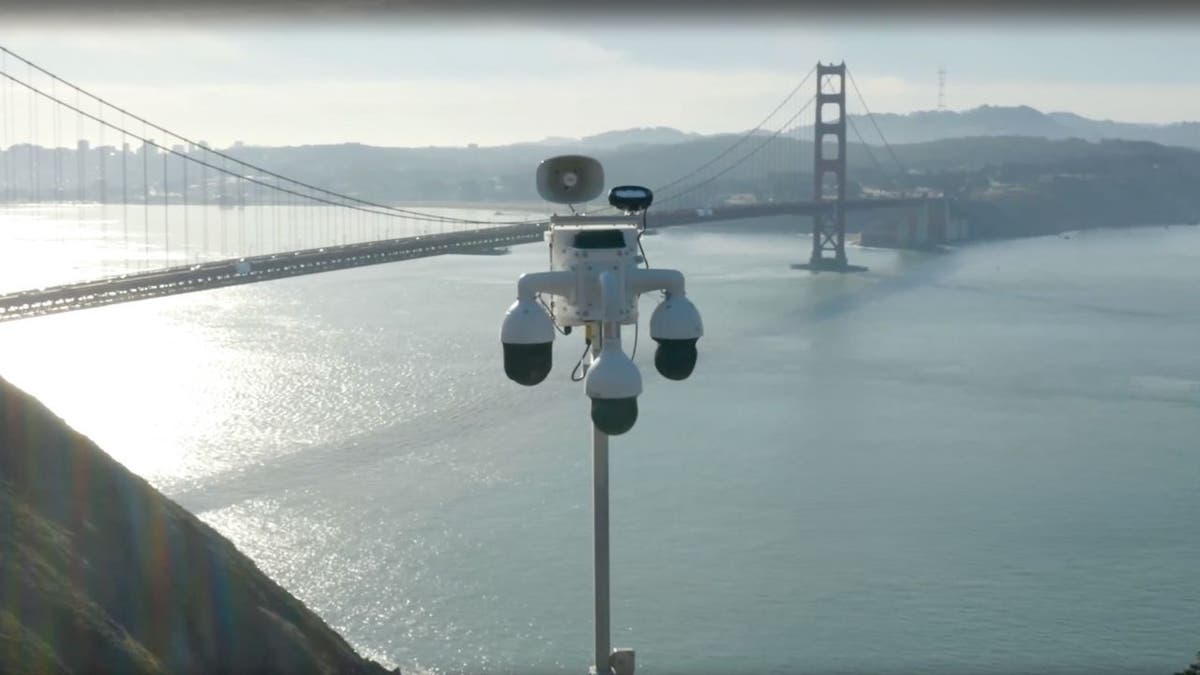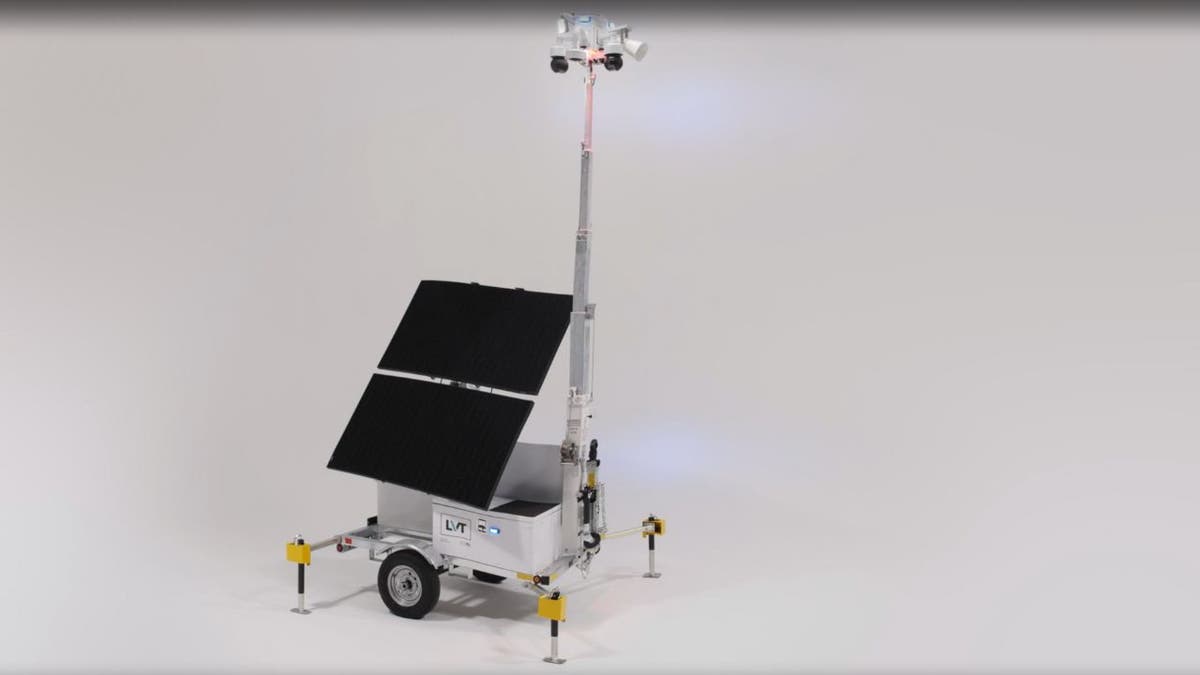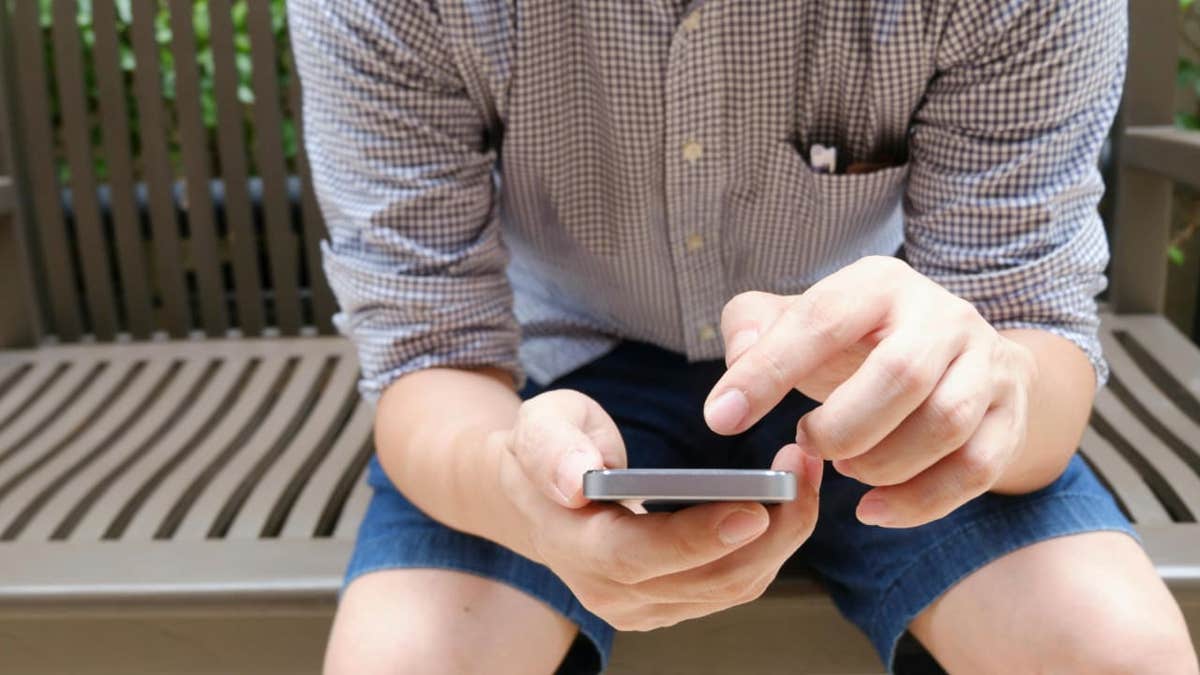Join Fox News for access to this content
Plus special access to select articles and other premium content with your account – free of charge.
By entering your email and pushing continue, you are agreeing to Fox News’
Terms of Use and
Privacy Policy, which includes our
Notice of Financial Incentive.
Please enter a valid email address.
NEWYou can now listen to Fox News articles!
Yes, the conventional wisdom is that vice presidential candidates rarely matter. But vice presidential debates have both produced memorable gaffes and moments – and sometimes actually changed the direction of the campaign. I’d argue that three of the six presidential elections in recent elections were transformed by the V.P. debate, and even if you go back to the ancient history of the last 50 years, they turned out to be important, even if not decisive. Let’s take a look at six memorable examples.
1976: Mondale vs. Dole on ‘Democrat Wars’: The first vice presidential debate of the modern era took place in 1976. Coming out of the divided Republican convention, President Gerald Ford had picked Kansas Senator Bob Dole, as a way of uniting the Conservative and Moderate wings of the GOP, following their divided convention. Dole faced Jimmy Carter’s vice presidential candidate, Senator Walter Mondale of Minnesota.
In that debate, Mondale responded to a line that Dole had been using in all his speeches – that the Democrats were the party in power when all the wars of the century had started – notably both World Wars, the Korean War, and the Vietnam War. In an obviously scripted moment, Mondale responded, “Senator Dole has richly earned his reputation as a hatchet man tonight, by implying, and stating, that World War II and the Korean War were Democratic wars. Does he really mean to suggest to the American people that there was a partisan difference over our involvement in the war to fight Nazi Germany?”
EXPERTS PREVIEW VANCE-WALZ DEBATE, SAY USUALLY ‘FORGETTABLE’ VP BOUT ‘MIGHT BE DIFFERENT’ THIS TIME
Unfair, absolutely – within the bounds of typical pollical sparring, of course. In a close election decided by less than 20,000 votes, it might have been decisive – and it certainly damaged Dole, preventing him from mounting an effective campaign for the nomination in 1980, even though he was able to recover and become the GOP standard-bearer in 1996.
1984: Bush vs. Ferraro—Bush Recovers for Reagan: President Ronald Reagan – then the oldest president in history – clearly performed poorly against former Vice President Walter Mondale during their first debate. On several occasions he seemed to have a “Senior Moment” – in one case taking almost 17 seconds to find a word. People started talking about whether he was exhibiting “cognitive decline.” Most folks knew Reagan was favored for reelection – especially after Mondale “promised” to raise taxes. In a clear move of desperation Mondale had named a little-known New York Congresswoman, Geraldine Ferraro, as his running mate.
A week after that dismal performance in the first presidential debate, Vice President George H.W. Bush faced off against Ferraro. While there were no real “viral moments” in the debate – the folks who were looking at the internal daily tracking polls of the campaigns say that that night marked a turning point – where Reagan had been slowly bleeding voter support, it immediately stopped and turned around – and barely a month later, Reagan wound up winning the largest popular vote margin in history.
1988: “You’re No Jack Kennedy.” Vice President George H. W. Bush, nominated to succeed Ronald Reagan (then the oldest man to serve as president), chose Indiana Senator Dan Quayle, in part, to represent a “new generation.” Quayle was 42 but he looked even younger. Shortly after the announcement that Quayle had been chosen as V.P. nominee a firestorm ignited over whether his service in the National Guard had been designed to avoid military service in Vietnam. While Quayle survived an attempt to drop him from the ticket, he was dogged by questions about his experience. He would point out, frequently, that he had served in the House and Senate as long as John F. Kennedy, when he was elected president.
JD VANCE DEBATE PREP STRATEGY INCLUDES TAPPING PROMINENT LAWMAKER TO PLAY WALZ
The Democratic V.P. nominee, Texas Senator Lloyd Bentsen, came prepared for the debate. When Quayle repeated his widely-expected – and true – statement “I’ve got just as much experience as John Kennedy,” the tall Bentsen, with his slow, deliberate Texas drawl, said, “Senator, I served with Jack Kennedy, I knew Jack Kennedy, Jack Kennedy was a friend of mine. Senator, you are no Jack Kennedy.”
In televised debated, practiced off-the-cuff ad lib barbs are the most effective ad lib barbs. Especially when the Democratic half of the audience erupts in cheers, and makes the target look like the punch landed.
While Bush-Quayle went on to win – and one could argue that the debate didn’t really matter, Quayle’s political future – even though he did serve as vice president – was sorely damaged.
More recently, the V.P. debates were decisive in three of the six presidential elections since 2000.
2000: Cheney vs. Lieberman-the Policy wonk wins: George W. Bush chose former Secretary of Defense Dick Cheney as his running mate in large part to compensate for his lack of experience in foreign affairs, and his limited experience in office (he’d served in elective office for half as long as even Dan Quayle. Soon after being named, it seemed Cheney was going to be a drag on the ticket. He had to change his residence from Texas back to Wyoming. It turned out he had barely voted in any election since leaving public office.
NOT MINNESOTA NICE: GOP CONGRESSMAN PLAYING TIM WALZ IN DEBATE PREP WITH JD VANCE ARGUES HE’S AN ‘EMPTY SUIT’
He walked into the debate with the Gallup poll showing Bush roughly 10 points behind Al Gore. The two candidates (Lieberman and Cheney) were seated and engaged in an apparently friendly debate. Cheney parried attacks on his record and how many millions he’d made in private life but demonstrated a facile ability to discuss all elements of public policy. The instant polls were clear. Forty-two percent of viewers thought Cheney won while only 24% thought Lieberman had. Soon afterwards, the Gallup poll found the race had turned upside down. Bush was now ahead of Gore by 8 points. One doesn’t need to think that all of that shift was due to the debate, to believe it made a difference.
wal
2012: The Interrupter Beats the Policy Wonk- VP Joe Biden vs. Paul Ryan: The VP debate came roughly a week after the first presidential debate between Incumbent Barack Obama and challenger Mitt Romney. Romney had used that debate to make a clear argument against Obama’s first term. Romney was well-rehearsed and made cogent arguments, but worse for Obama, the Democratic nominee appeared totally unprepared.
Obama supporters were apoplectic at how badly he’d done. The polls told the same story. Obama went from a 4-point advantage, walking into the debate, to a 1 point deficit against Romney.
A week later came the V.P. debate. Biden deployed his more youthful ability to talk (it was 12 years ago). You can argue that all he did was scream over the sedate Ryan. But you can’t argue with the results. Democratic viewers were energized – and the polls showed it – moving the Obama-Biden ticket to a tie.
2016: Mike Pence Stays on Message…Tim Kaine Interrupts: The debate between the two men occurred a week after the first Donald Trump-Hillary Clinton debate, where Trump had been argumentative and seemingly ill-prepared – and after numerous news cycles focused on Trump getting into a fight with a former Miss Universe whom Trump had forced to lose weight. At the same time he was continuing his fight with a Gold Star family and a judge of Mexican heritage. Pence had a clear objective: focus on the probable policies of a Trump administration – rather than specific statements Trump had made — and make Trump acceptable to both evangelical voters as well as more moderate Republicans who had opposed Trump’s nomination.
Pence proved himself to be the eloquent former radio talk show host who had built a career out of conservative positions. His opponent, Sen. Tim Kaine tried to interrupt him over 70 times and appeared ill-at ease. By contrast a focus group watching the debate found “Pence looked the most presidential. He was calm, reassuring – I would want him in a crisis, not the other guy.”
While the debate didn’t arrest Trump’s fall in the polls, it presented the Trump-Pence ticket as a less risky choice. And that is how, precisely a month later, they were able to get voters who disliked both Clinton and Trump to vote for Trump – and help him win the election.
In the other three elections this century, the V.P. debate mattered very little (2004, 2008, and 2020).
CLICK HERE FOR MORE FOX NEWS OPINION
Tuesday night, Republican V.P. nominee JD Vance will debate against Democratic nominee, Minnesota Gov. Tim Walz. Vance made his name writing about his Appalachian heritage, being raised by a hard-charging, gun-owning grandmother (Mamaw), and talking about the part of America that had been forgotten by globalization and the “neoliberal” policies. His opponent, Walz, also hails from more rural and small-town Midwest – and made his name winning in a Republican Congressional district and going on to being elected – and pursuing progressive policies — as Minnesota Governor.
While they are similar in background – and both nominations are targeted at helping their ticket carry the industrial swing states of Pennsylvania, Michigan, and Wisconsin–their campaign personas are very different.
Vance is an articulate Yale Law School graduate – who has done well in most interviews, but who struggled to maintain personal favorability in most polling.
Walz does well off-the-cuff, and has created many viral moments, especially when he called Trump and Vance “weird.” At the same time, it’s less clear how well he can talk about specific policies – and do well on a specific argument about different approaches to governance.
CLICK HERE TO GET THE FOX NEWS APP
The big question on Tuesday night will be what is the public looking for? Will they opt for a 2016-Pence like figure who appears capable of translating Trump’s Make America Great Again movement into a set of achievable policies? Or do they want someone more in the mold of 2012 Joe Biden, who made his Republican opponent look like a policy wonk who didn’t have sufficient energy?
Just remember: JD Vance may look like a deliberate Yale-educated lawyer, but he knows how to wield the Appalachian aggression of his late Mawma. And, Tim Walz may personify the former assistant high school football coach, what folks in the upper Midwest refer to as “Minnesota Nice” – by which they mean the ability to knife their opponent, albeit politely.
CLICK HERE TO READ MORE FROM ARNON MISKIN
